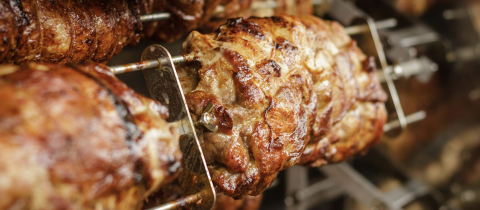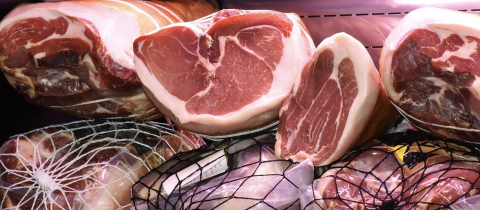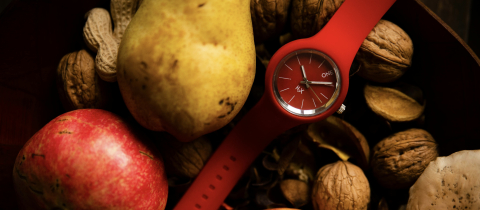No, Oprah Winfrey and Dolly Parton do not endorse CBD Gummies. Neither does David Suzuki. That may come as a surprise to customers who purchased the gummies thinking that they must deliver the goods given that such high-profile celebrities believe in them. And what are the goods those gummies supposedly deliver? They are said to reduce anxiety, improve sleep quality, and help with muscle pain and inflammation. They also energize, help with weight loss, boost immunity and normalize heart rate. Who says so? Certainly not Oprah, Dolly or David. Their names and images have been pilfered by online scammers to snare the gullible.
What will the naive purchasers receive once they have forwarded their credit card info? Gummies. Whether they actually contain cannabidiol is anyone’s guess. Maybe they do, maybe they don’t. In any case, the jury is way, way out on the question of legitimate CBD products living up to their hype.
Now about those gummies. They may not provide any health benefits, but they may make taste buds do a little jig like they have been doing since 1922 when they were invented by German confectioner Hans Riegel. Two years earlier Riegel had founded the Haribo Company, deriving the name from the first two letters of his first and last name and that of Bonn, his home town. Today, Haribo is a multinational company, built by Gummy Bears, as one might say.
Riegel first started out by making hard candies, but his business struggled. A new idea was needed. Taking a page from jam and jelly makers, he combined fruit juice, sugar and a gelling gum from the sap of acacia trees known as “gum arabic,” hence the name “gummy.” Eventually gum arabic was replaced by gelatin, a protein that can absorb a great deal of water and produce a better gel. Gelatin is made by treating the large protein collagen with hot water to break it down into smaller fragments. The collagen needed can be extracted from the skin, bones and connective tissues of cattle, pigs, poultry or fish. To satisfy vegan palates, gummies can also be made using pectin, a complex carbohydrate extracted from citrus peel.
Why did Riegel choose to shape his candy in the form of bears? The story is that he was inspired by the dancing bears that made children chuckle at street festivals. Such bears had been entertaining the public since the Middle Ages, but their training was no laughing matter. As young cubs, the bears were made to stand on hot plates, causing them to hop from one foot to another while music played. They learned to associate the music with pain and began to “dance” whenever they heard the familiar tune.
The original German name for the candies was “Tanzbaren,” which means “Dancing Bear.” The sweet was rebranded in 1960 as “Goldbears” and is somewhat more “elaborate” than the original. Thanks to advances in synthetic chemistry, the little bears come in a larger variety of colours and flavours. Corn syrup replaces some of the sugar since it is cheaper, palm kernel oil and starch improve texture, while carnauba and beeswax add a luster to the candies. Raspberry, orange, strawberry, pineapple and lemon are the usual flavours, but it is hard to match the colour to the flavor. Just give it a try. “Sour gummies” owe their tartness to citric and malic acids, both of which occur in fruits but can be more efficiently produced synthetically from starting materials derived from petroleum.
Hans Riegel died in 1945 and the company was taken over by his two sons who had to fight off allegations that during the war Haribo had used slave labour. There seems to be no evidence that it did. Today, Haribo is a global company that produces over a thousand different products but has plenty of competition from other companies that make gummies in shapes that range from sharks to cola bottles. There are even giant gummy bears weighing several pounds and vitamin-fortified gummies for children. Some adults have found another use for gummy bears. They soak them in a bowl of vodka for a few days. Plunk a few of those in your mouth and you may be ready to do a little dance like the dancing bears that prompted the shape of the original gummies.
If you would like to see gummy bears live up to their original name of “Dancing Bears,” there is a way. But you do need some chemical expertise and some molten potassium chlorate. Gummy bears are mostly sugar and sugar burns. The more oxygen around, the better it burns. Potassium chlorate is a strong oxidizing agent, meaning it readily releases oxygen, especially when hot. A classic experiment is to melt some potassium chlorate is a test tube and drop in a gummy bear. That little bear will do one explosive dance! Never try this at home, but you can watch the video here. And that giant gummy bear I mentioned? Imagine what it will do with potassium chlorate. Well, you don’t have to imagine, you can watch here.
Now you also know why some marathoners pop gummy bears. There’s a lot of energy in sugar.







